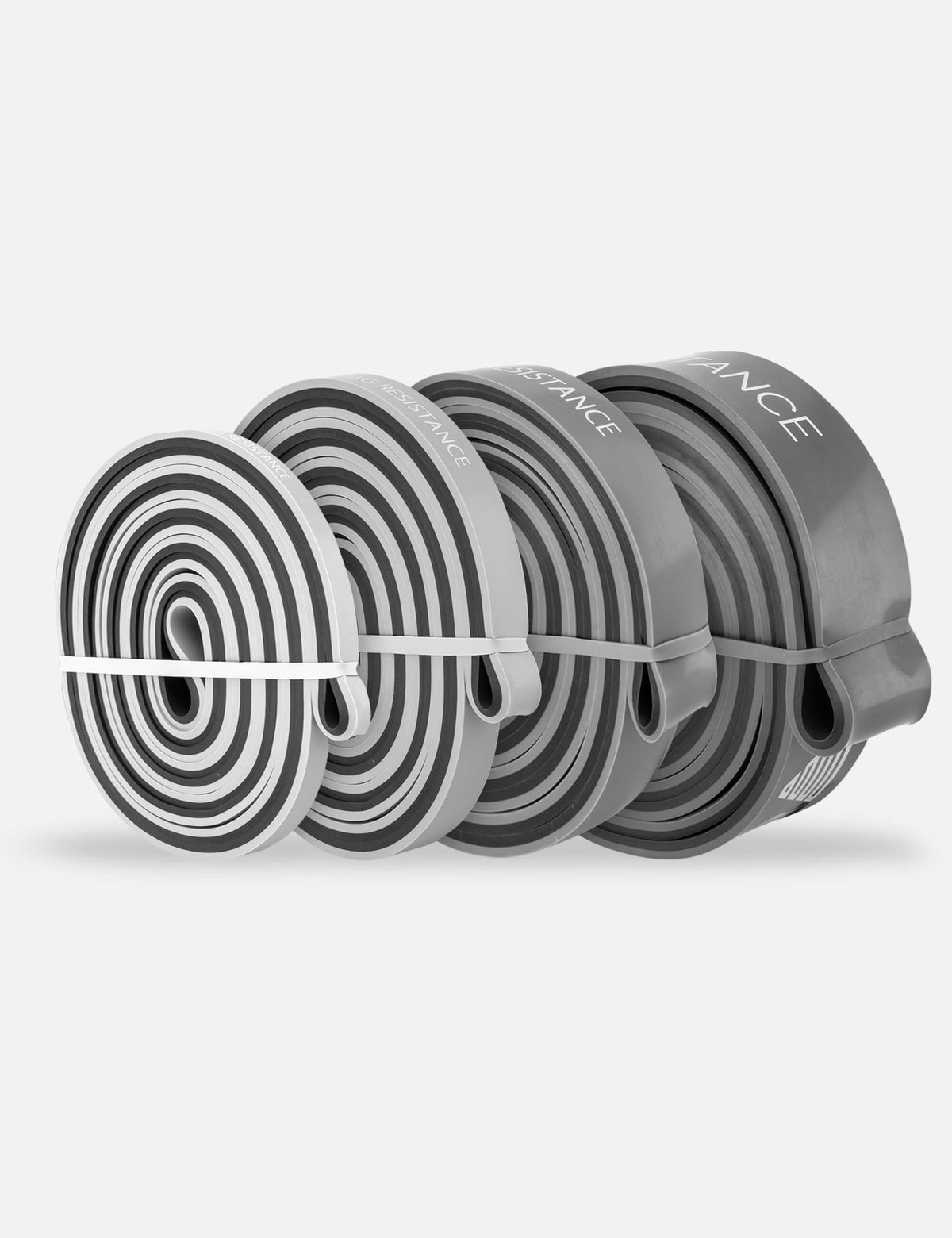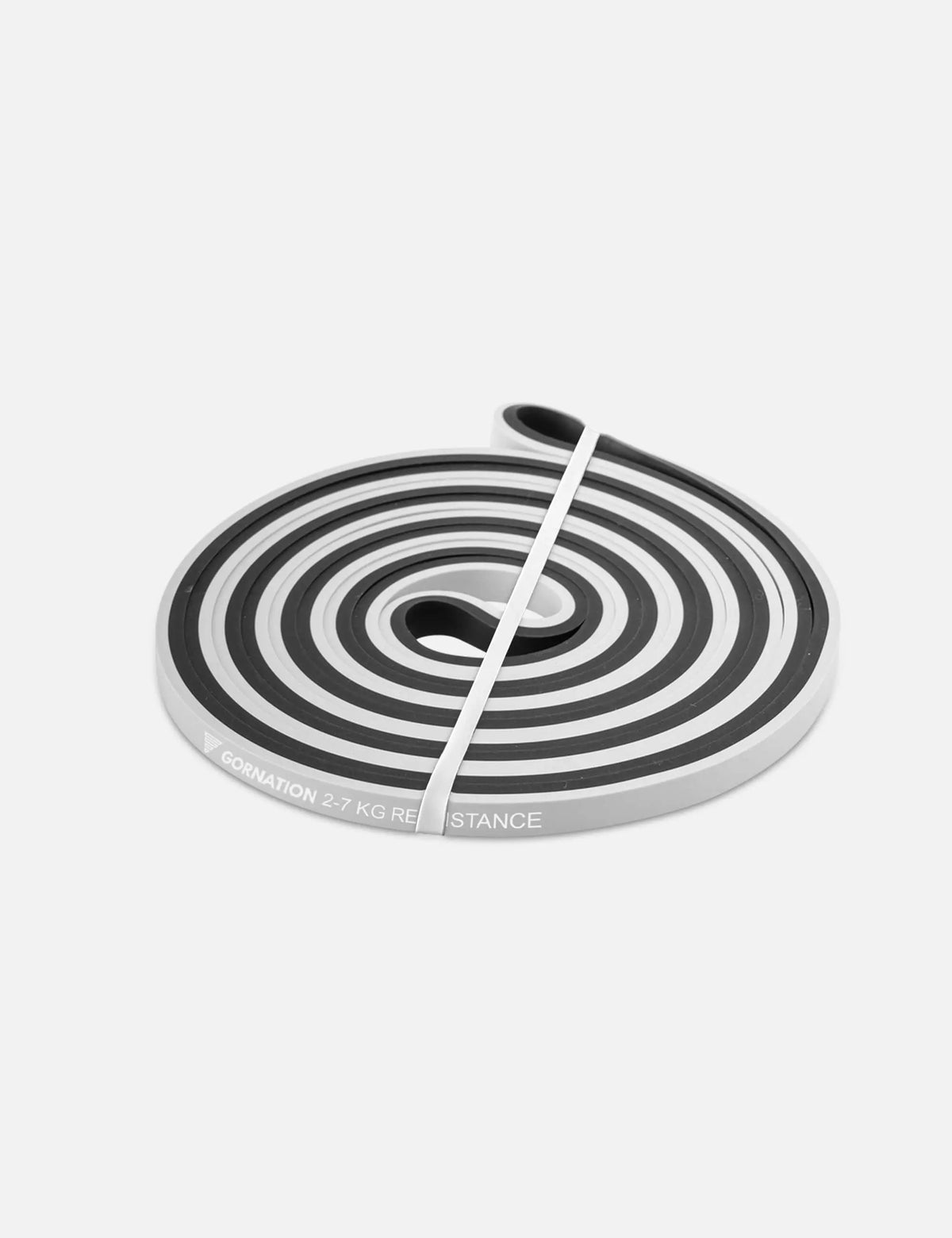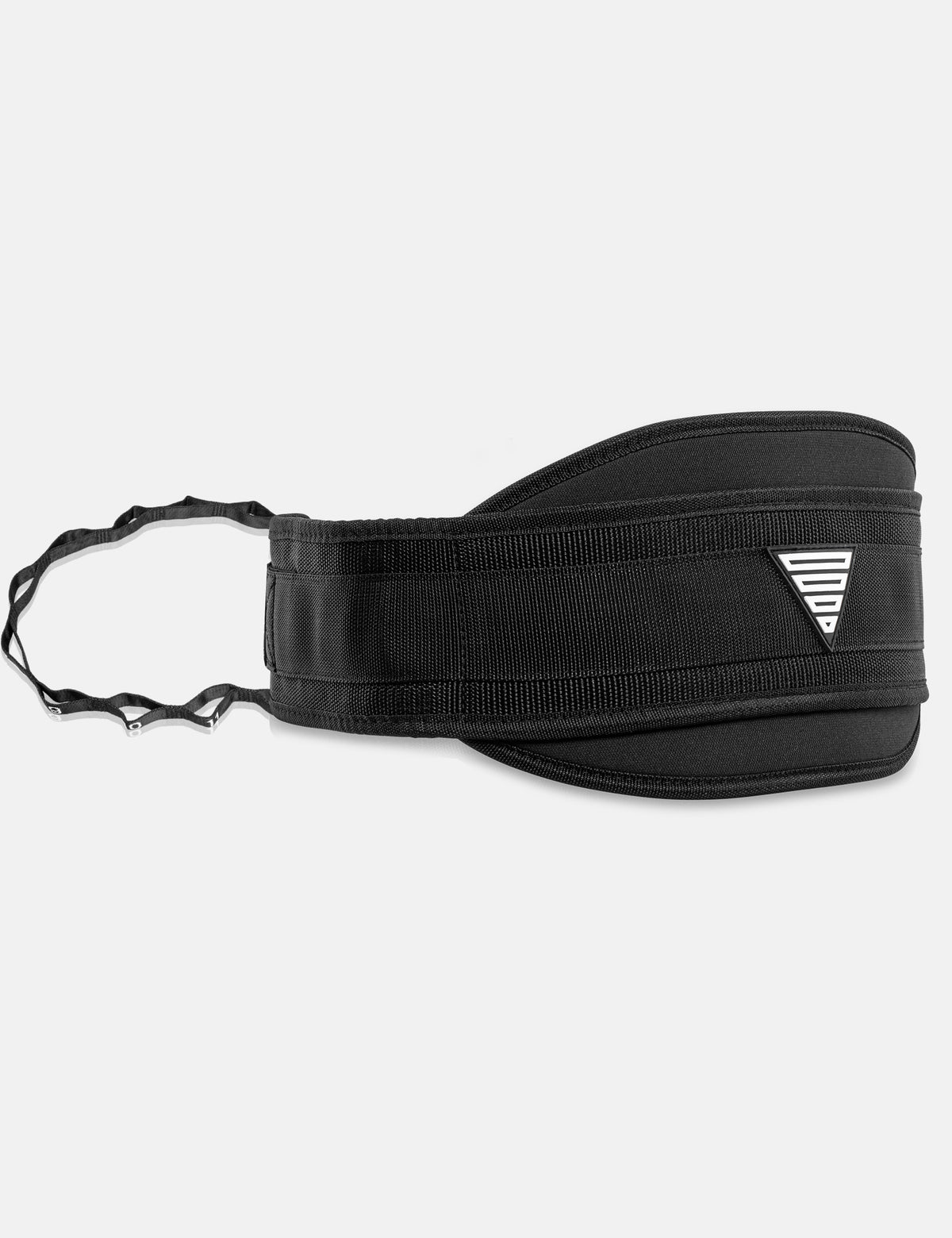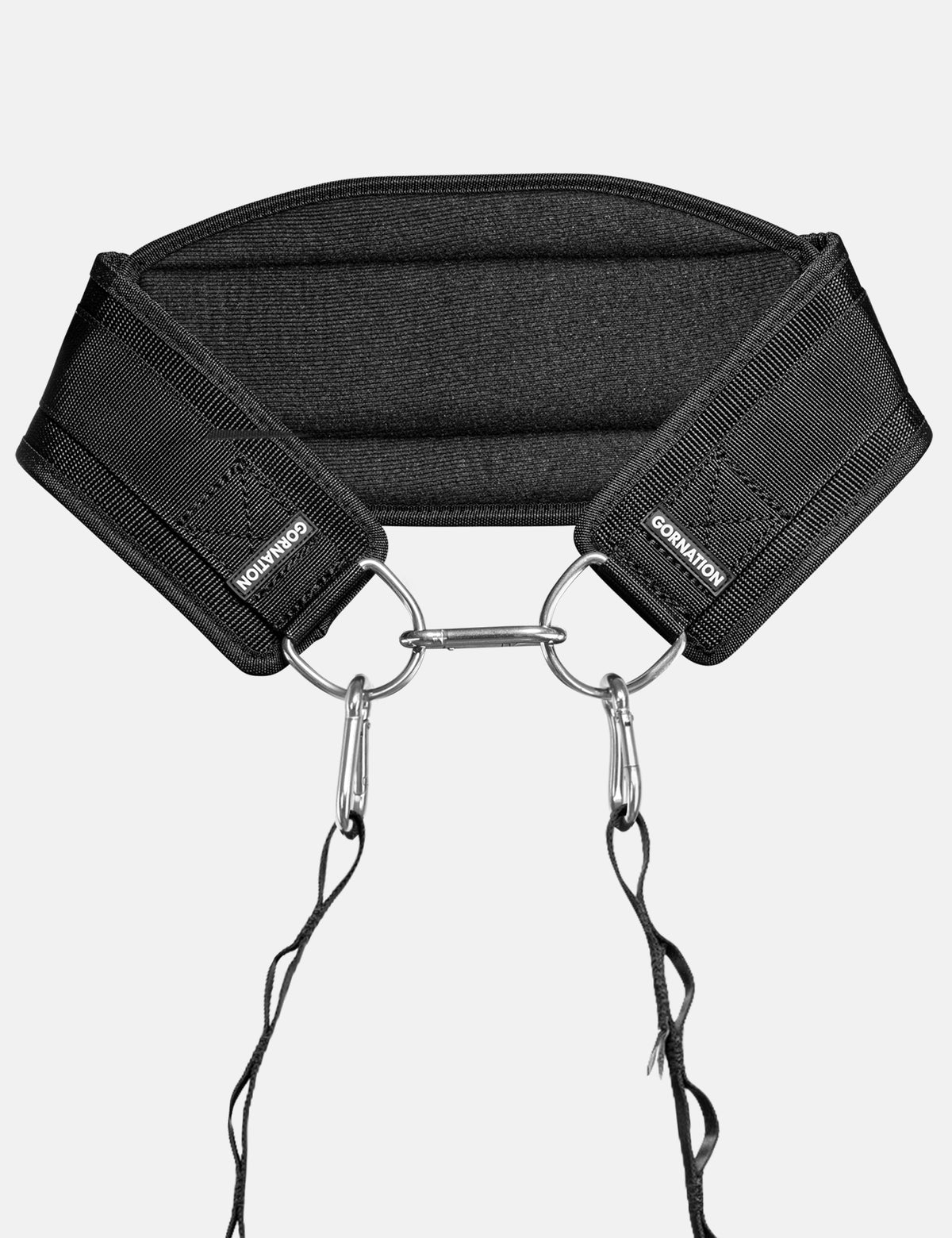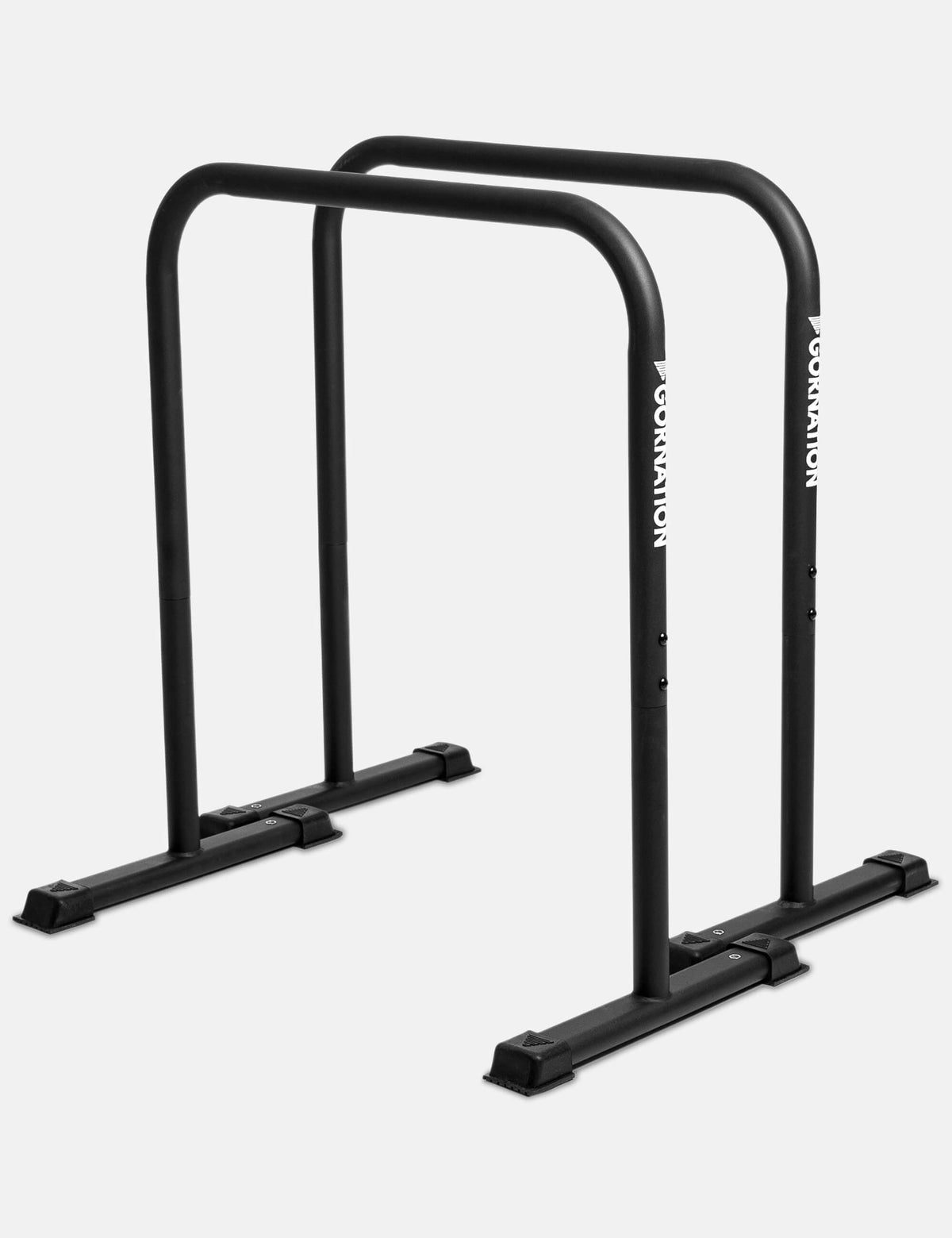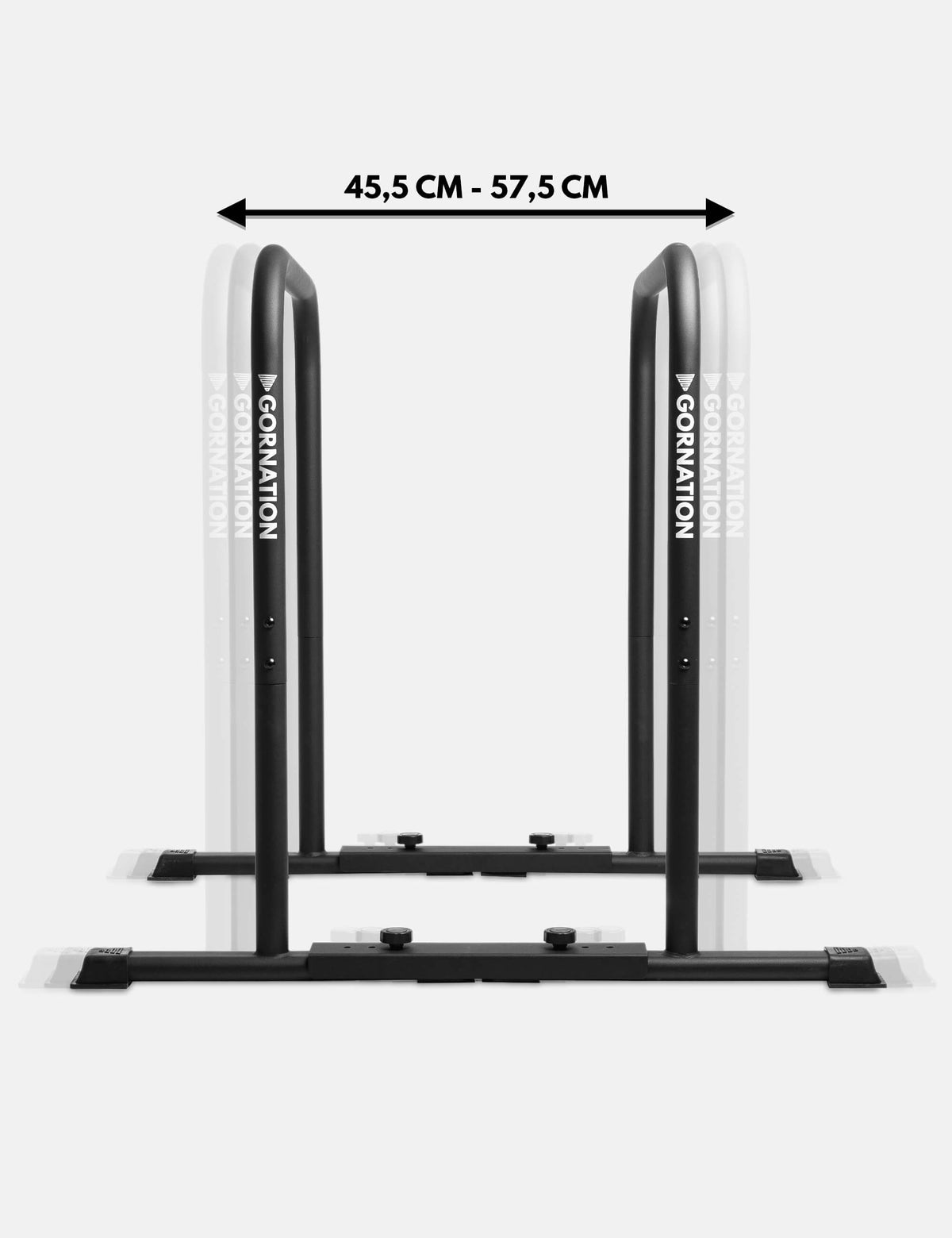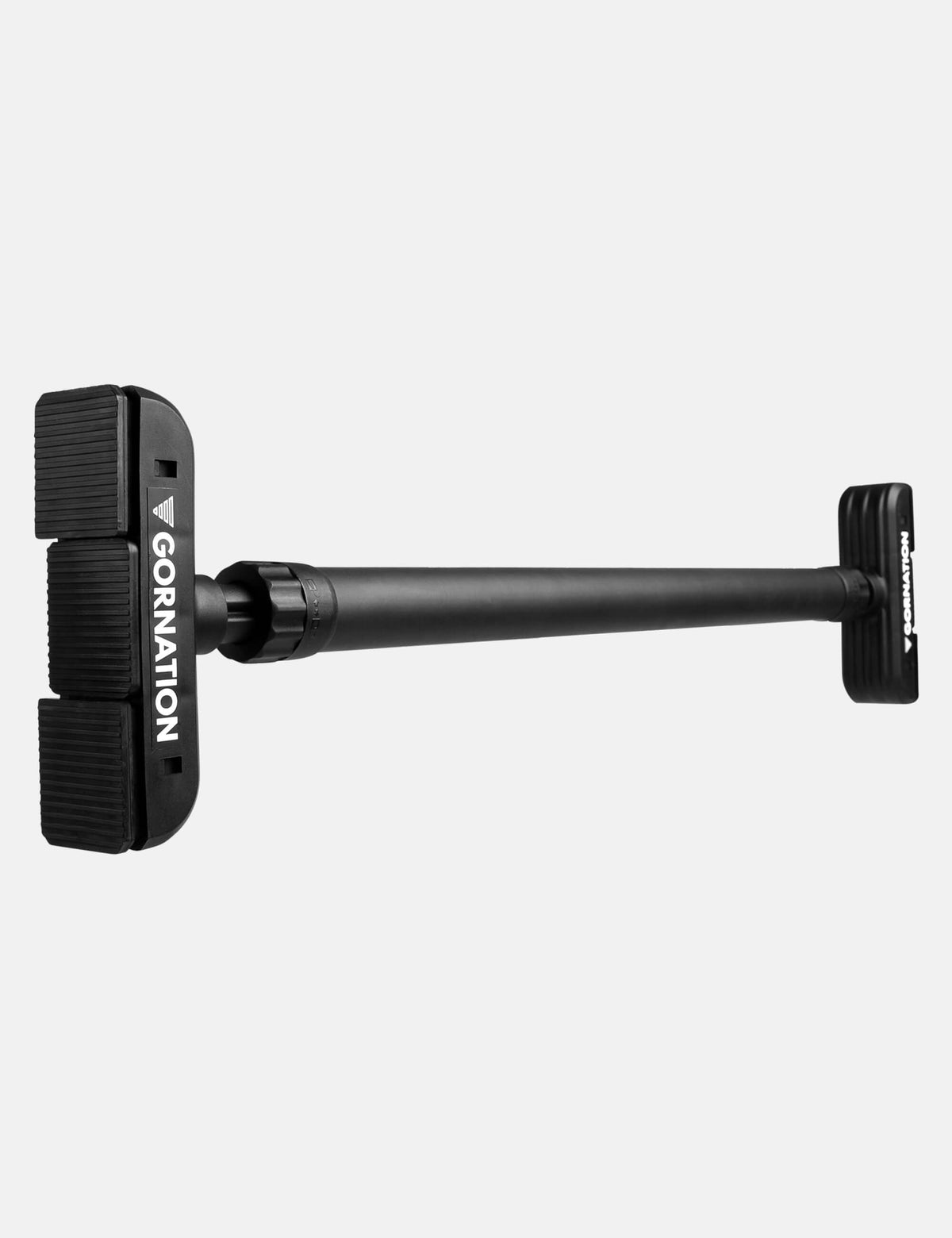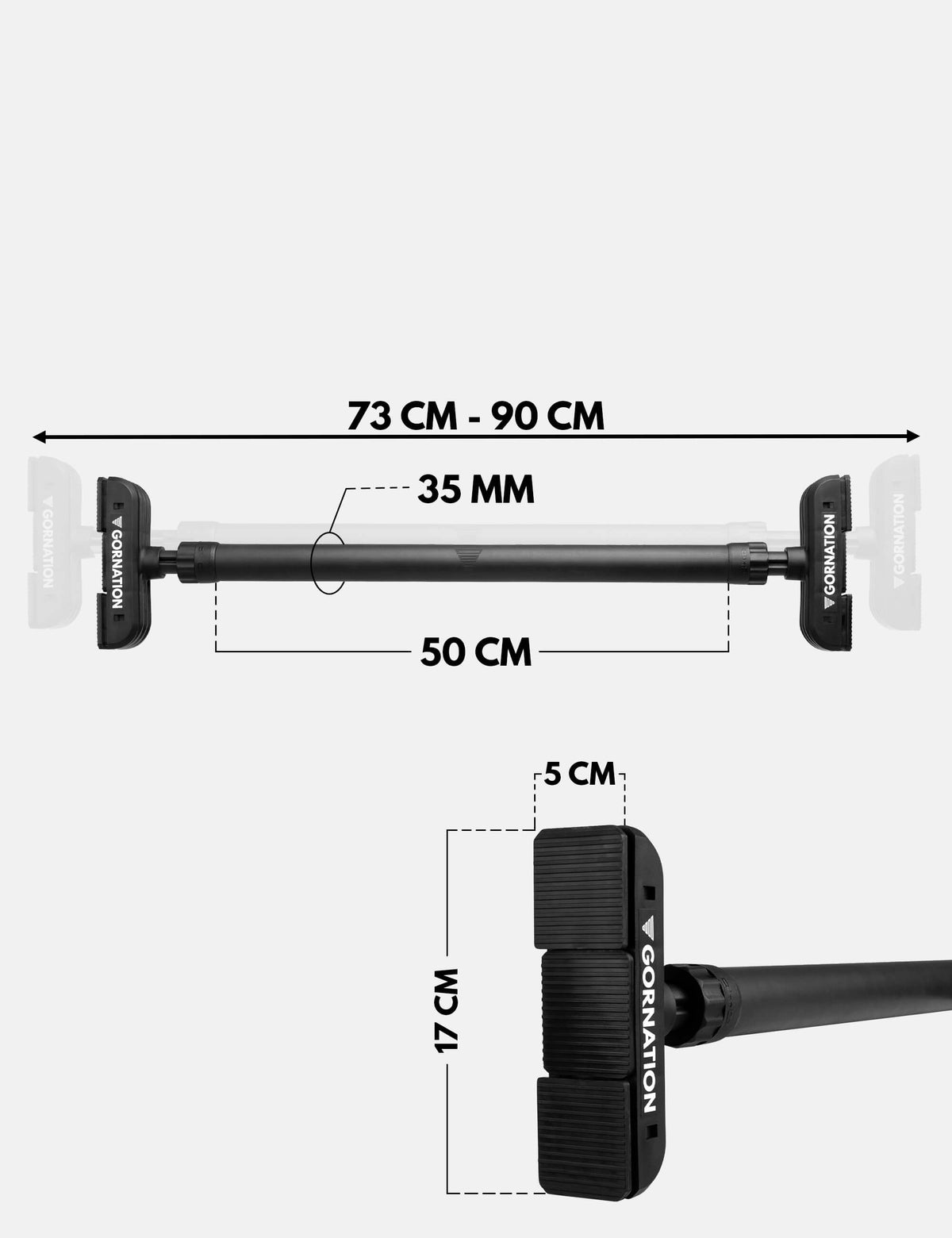How to do the exercise
The Handstand is one of the most iconic and impressive calisthenics skills. It builds strength, balance, and body control. To perform it safely and effectively, focus on straight arms, shoulder engagement, and proper body alignment. Here’s how to practice the Handstand correctly:
1. Starting Position
Place your hands firmly on the ground or on Parallettes for a better wrist angle. Keep your arms fully extended and push your shoulders away from your ears. Engage your core and prepare to kick up into position.
2. Kick Up and Alignment
Kick your legs overhead in a controlled motion and find balance. Avoid creating a hollow back - instead, keep your hips aligned over your shoulders. Focus your eyes slightly downward to a fixed point on the ground to stabilize your posture.
3. Hold the Position
Maintain tension by pushing through your shoulders and keeping your arms completely straight. Engage your core, squeeze your glutes, and avoid arching your lower back. Breathe steadily while holding the position.
4. Reset and Repeat
When losing balance, step out safely and reset. Practice shorter holds frequently, gradually increasing the duration as your control and strength improve.
Recommended Equipment for Handstands
Benefits of the exercise
The Handstand is a full-body skill that combines strength, stability, and balance:
-
Strengthens shoulders, arms, and core while improving body tension
-
Trains balance, focus, and coordination
-
Develops overhead pressing strength useful for calisthenics and gymnastics
-
Enhances posture, mobility, and shoulder health
Because it looks impressive and builds functional strength, the Handstand is a must-have exercise for any calisthenics athlete.
Main muscles used
The Handstand mainly targets:
-
Shoulders (Deltoids)
-
Triceps
-
Core muscles (abs, obliques, lower back)
-
Forearms and wrists (for balance and stability)
By practicing the Handstand consistently, you not only improve strength but also gain superior control over your body in space.
If you're looking for other exercises, check out our Youtube video:
Mistakes to avoid
Common mistakes when performing the Handstand include:
-
Arched lower back: Avoid hollow back – keep hips aligned with shoulders.
-
Bent arms: Always lock out your elbows to ensure stability.
-
Shoulders shrugged up: Push shoulders actively away from your ears.
-
Looking forward: Fix your gaze slightly downward to keep balance.
-
Not engaging the core: Weak tension leads to loss of balance and control.
-
Skipping progressions: Start with wall-assisted Handstands before freestanding practice.
Progress by building strength and control step by step – clean technique always comes before long holds.
Discover more Exercises
Looking for more ways to level up your training? Check out our full exercise overview or try these effective exercises that perfectly complement your training:
Please read our legal disclaimer before starting your workout.
 | 5.000+ Reviews
| 5.000+ Reviews
 Free EU Shipping above 100€*
Free EU Shipping above 100€*
 Worldwide Tracked Shipping
Worldwide Tracked Shipping






